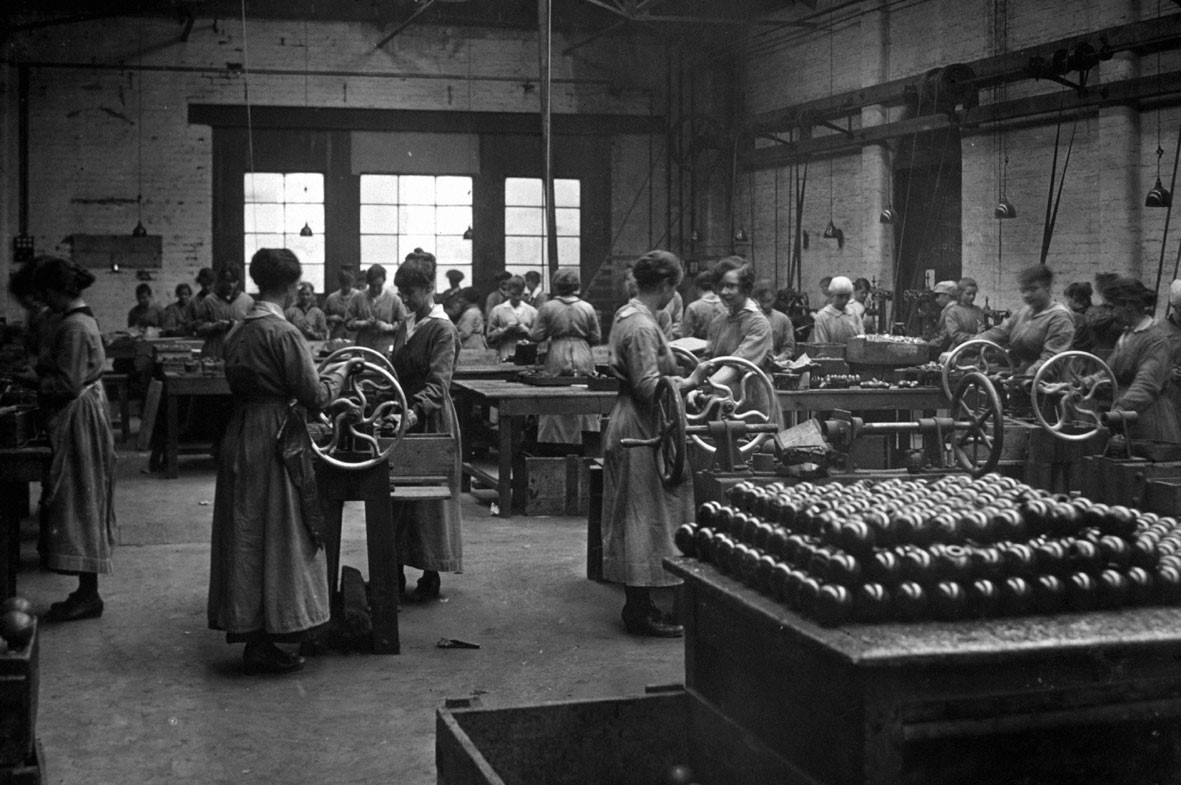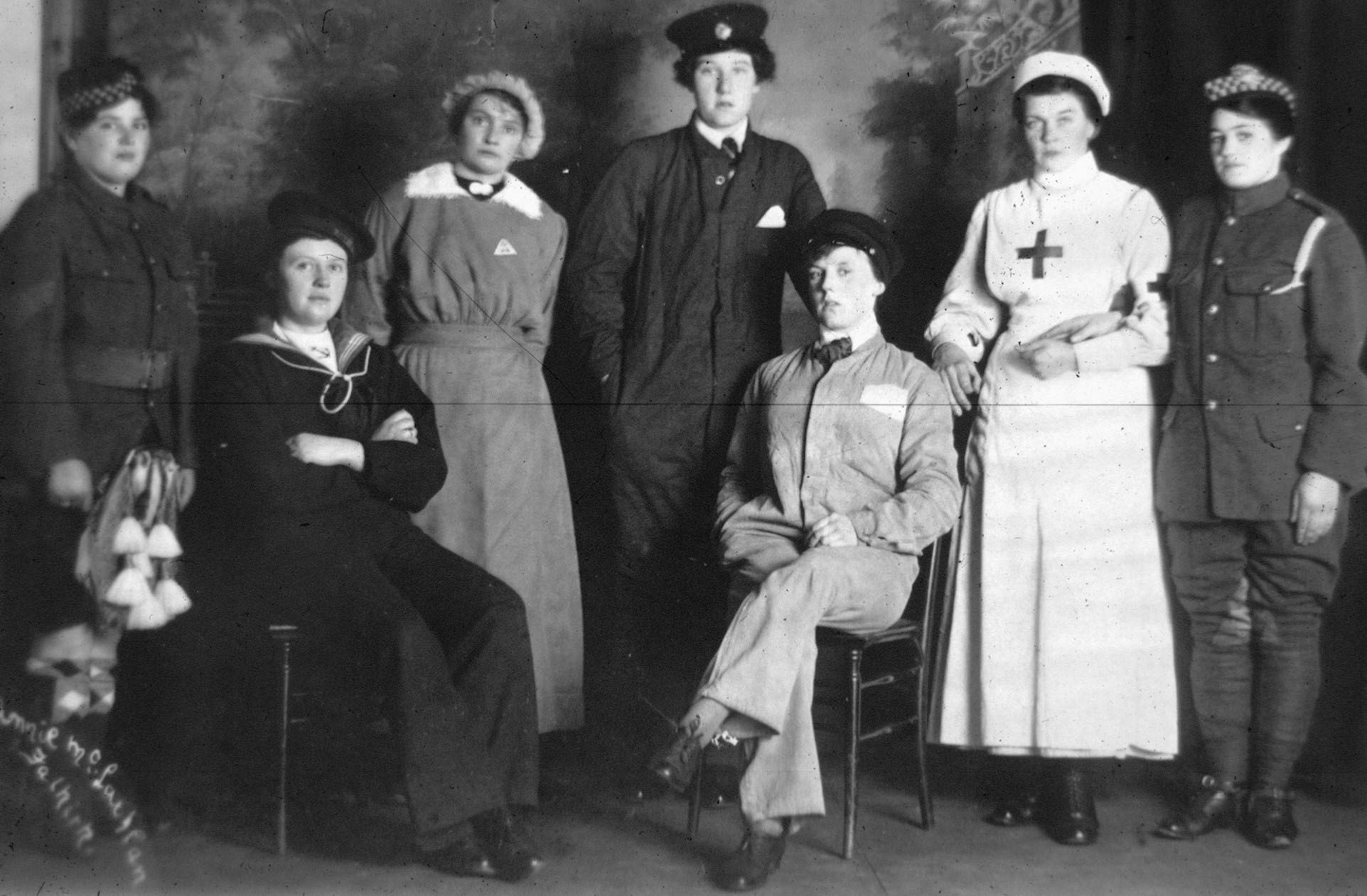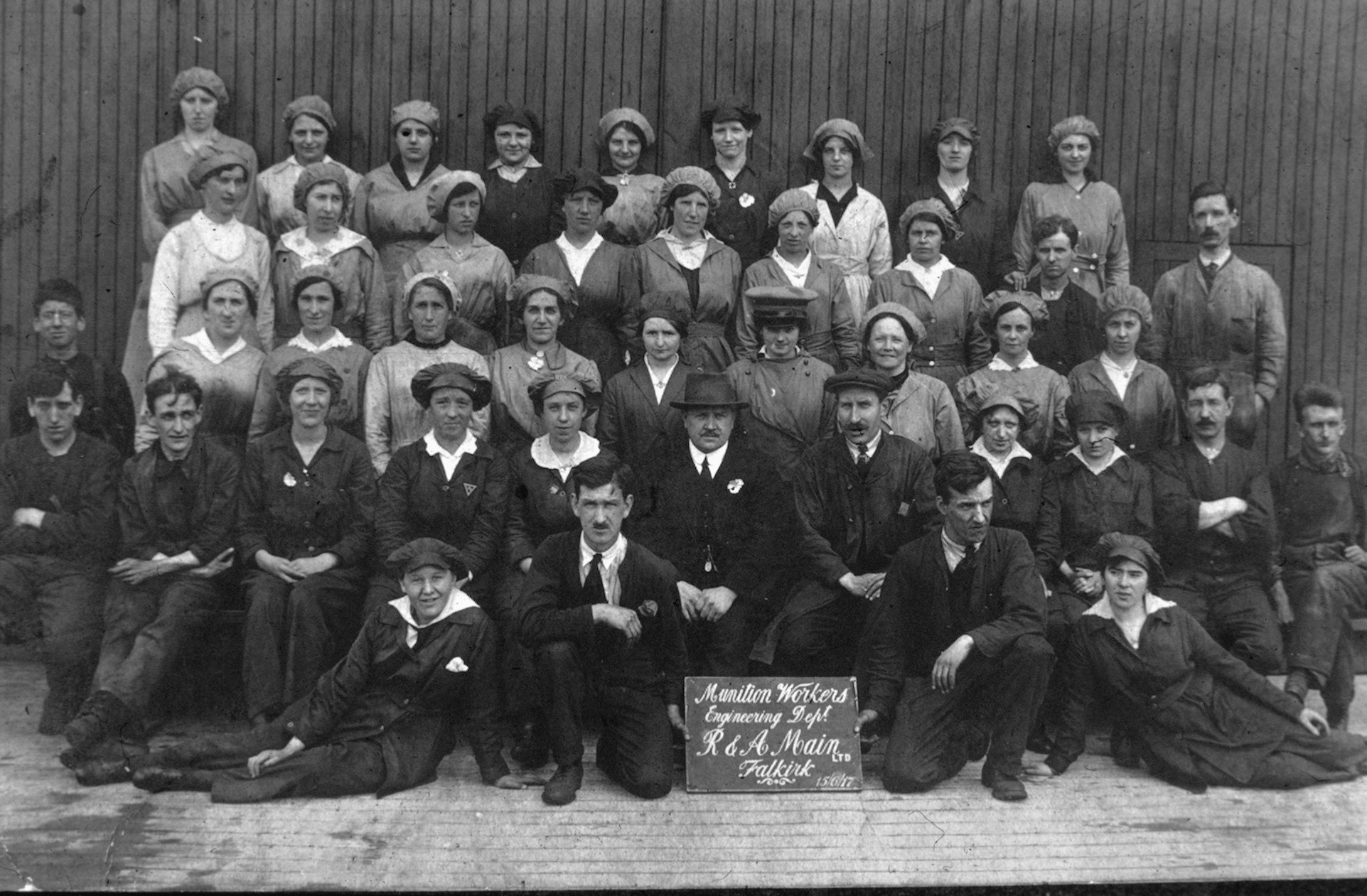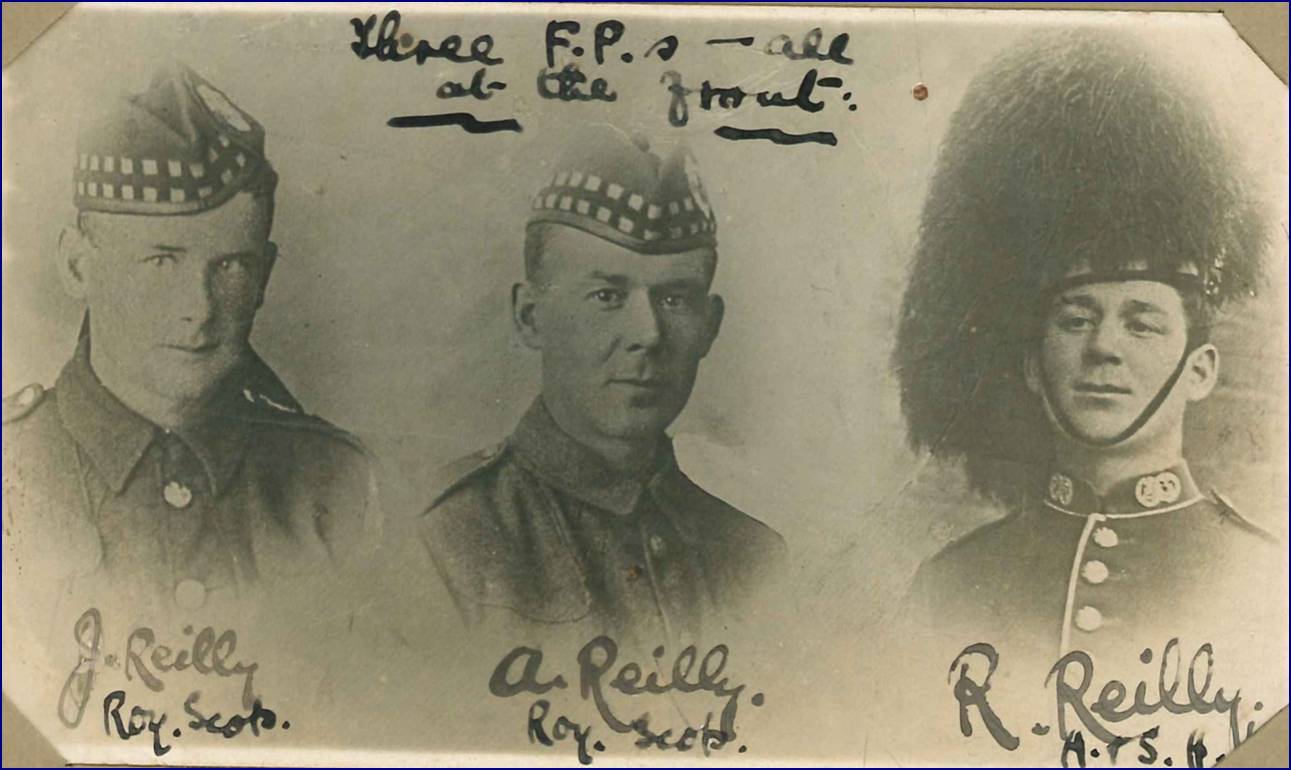One of the most recognisable images of the working class woman in World War One is that of the yellow-tinged munitionette. Encouraged to take on the work of men who had volunteered or been conscripted to the Front, women found themselves in noisy, dirty and often dangerous environments.
Read on to find out what women did to support the Home Front at war!
Munitions
One of the most recognisable images of the working class woman in World War One is that of the yellow-tinged munitionette. Encouraged to take on the work of men who had volunteered or been conscripted to the Front, women found themselves in noisy, dirty and often dangerous environments. They took on every aspect of armaments production from mills grenades to howitzer bombs. They worked with heavy machinery and complex chemicals. #
The Falkirk Iron Company produced cast iron goods, with around 1500 employees in 1914. The business switched to the production of munitions and in 1915 the works became a ‘Government Controlled Establishment’. Some of the munitions were produced at its Castle Laurie Foundry. It produced 10,000 tons of munitions, many of these delivered by the women who worked there. Lloyd George as Minister of Munitions was charged with organising the production and supply of all aspects of munitions for the war. This could not be done without the contribution of women in the workforce. A policy of ‘dilution’ was introduced to facilitate this, where the production process was broken down into a series of simpler tasks so that women, not experienced in engineering could take on smaller jobs and deliver the required output.
By the end of the war some 31,500 women were working in the munitions industry in Scotland. They were certainly needed to ensure that production could keep up with the demands of the fighting front. In June 1916 around 1,723,873 rounds of ammunition were discharged in 8 days.


Other Work
Aside from munitions, women took on work in a range of industries, previously regarded as the domain of men. They worked on the railways and trams, for the postal service and in clerical roles. They also supported the farming industry as members of the Women’s Land Army.


Post Office
A 1915 newspaper commented on the appointment of a female postman as follows:
The innovation of a lady postman at Bo’ness has aroused a good deal of interest in Scotland …The novelty of the appointment lies not so much in a woman “running the post” in a rural district as in the fact that she is the first in Scotland to succeed to a man in that work and to release him for the fighting line, where every man that the country can spare is needed. Glasgow has its women tram conductors, but to Bo’ness belongs the honour of showing the way in the appointment of a lady postman... Miss Barbara Rickard.
Linlithgow Gazette 2nd April 1915
fields['text']) echo $section->fields['text']; ?>
In all cases however, women were paid less than a man’s rate of pay for the same job and significantly there was an expectation that when the war ended so would employment for the majority of these working women.



